#whitby
Text
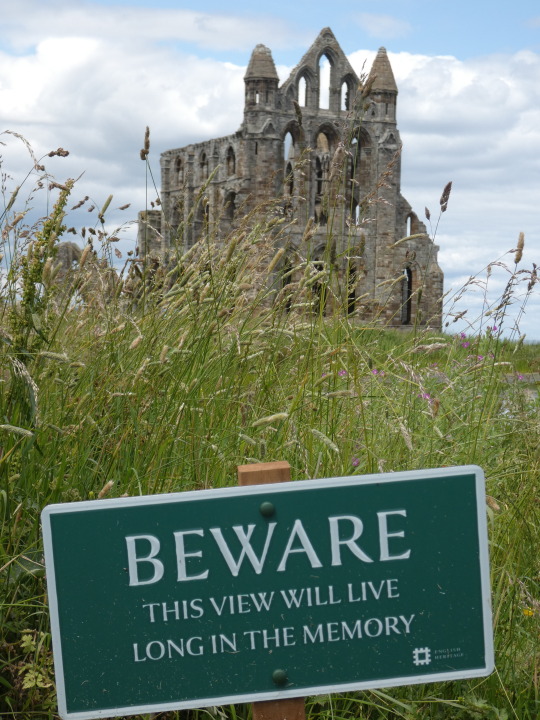
whitby abbey, where dracula arrived in england
#dracula#dracula daily#count dracula#mina harker#jonathan harker#my good friend jonathan harker#literature#books#reading#bookblr#dark academia#academia#academia aesthetic#history#whitby#whitby abbey#my posts#york trip 2023
13K notes
·
View notes
Text


Whitby, England
2K notes
·
View notes
Text
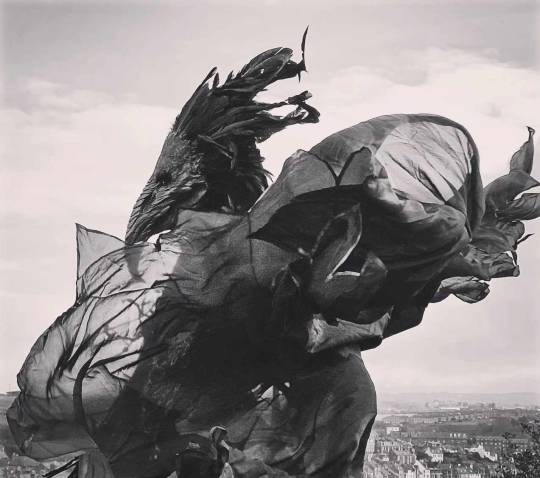

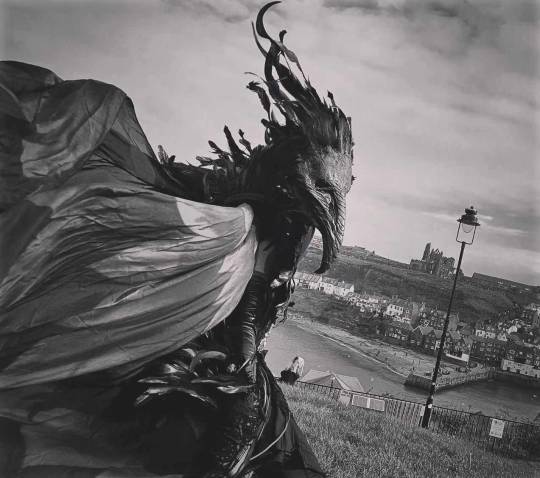
Whitby Goth Festival October 2023
Photography by Iona Burgess
#art#abzjharding#abz-j-harding#artists#artist#costume#whitby#whitby goth weekend#crows#crow#ravens#raven#corvid#corvids#rooks#goth#gothic#spooky#horror#photography
669 notes
·
View notes
Text
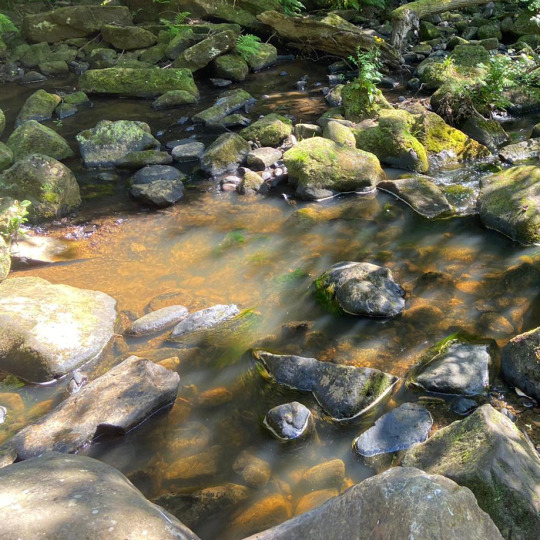
another photo i took in whitby, love the shadows in this one.
#watercore#oc#mine#water#rocks#river#stream#waterfall#mossy rocks#whitby#photography#water photography#more coming soon :)
4K notes
·
View notes
Text
For anybody local to Whitby: they're attempting to break the world record for the biggest gathering of vampires on the 26th of May to celebrate the 125th anniversary of Dracula's publication 🦇
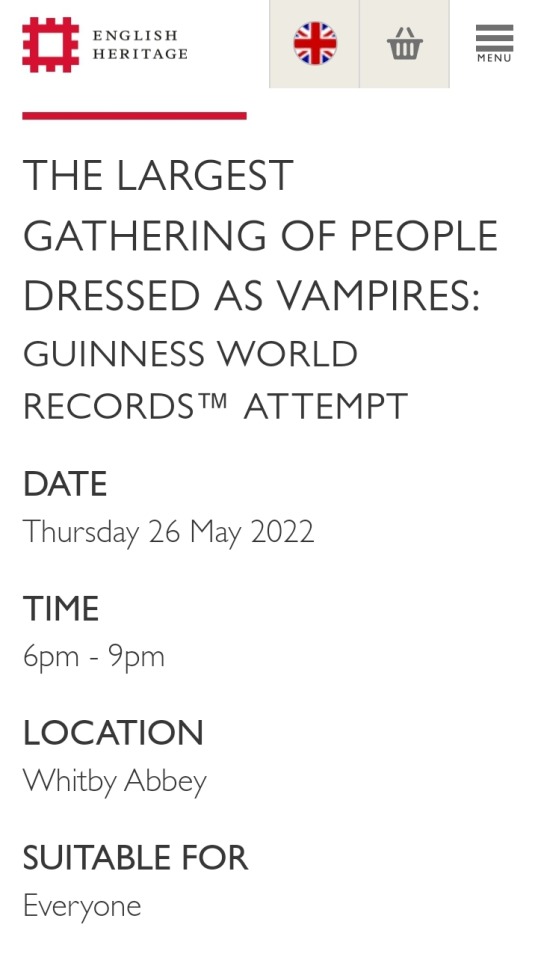
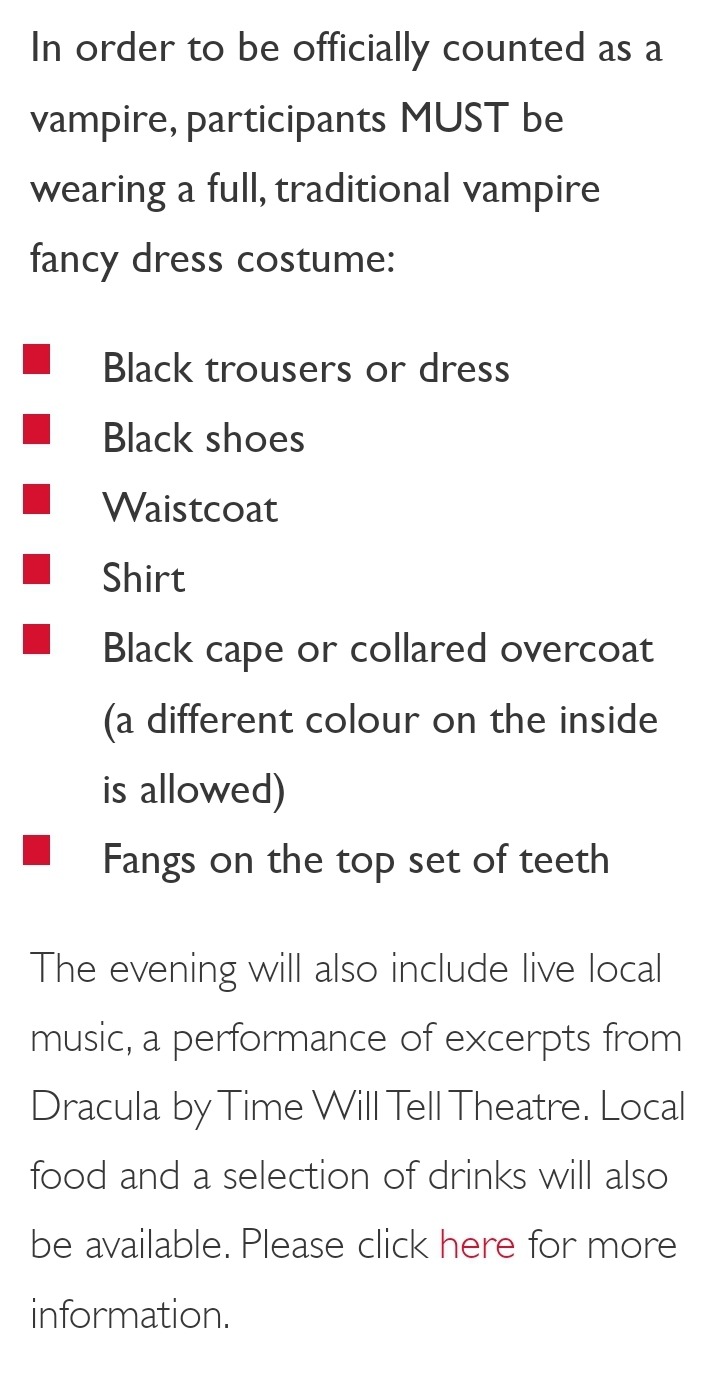
Link in reblog!
14K notes
·
View notes
Text
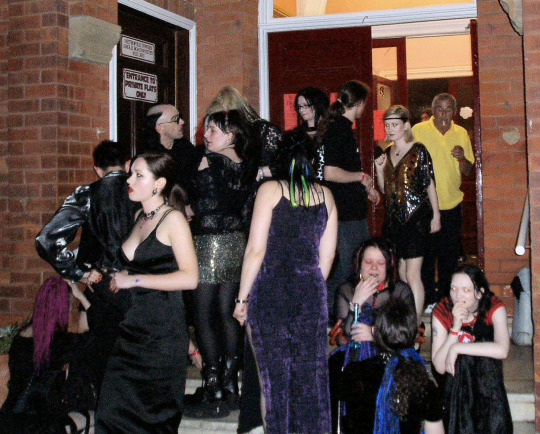
꧁★꧂
237 notes
·
View notes
Text
the entire town of Whitby being 100% willing to adopt a potentially dangerous dog from a weird murder ship on whose arrival another dog was brutally killed is the best Yorkshire representation in Dracula so far
786 notes
·
View notes
Text
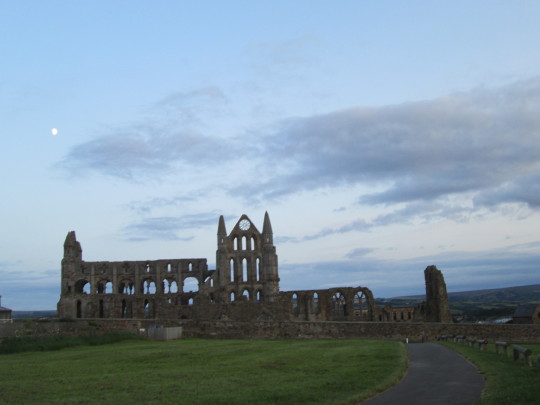

In honour of Dracula Daily, here's a couple of photos of Whitby Abbey and harbour that I took on a 2019 hiking trip.
806 notes
·
View notes
Text
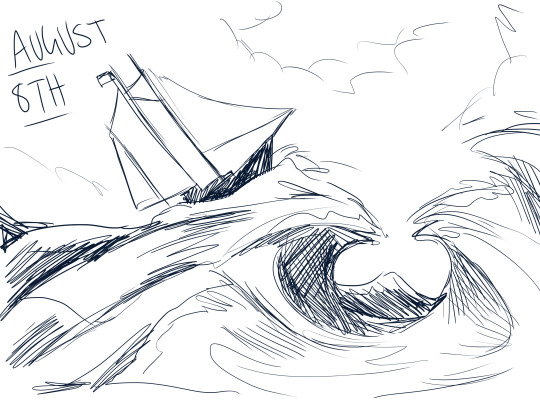

Dracula Daily sketch for 8th August
In which Mina and Lucy watch a storm raging over Whitby, and the Demeter finally makes land.
#Art#artists on tumblr#Dracula#Dracula Daily#Dracula fanart#Character design#Lucy Westenra#Mina Murray#The Demeter#Gothic horror#Horror#gothic literature#Sketch#Daily Sketch#Whitby#Storm#ship#Victorian
650 notes
·
View notes
Text
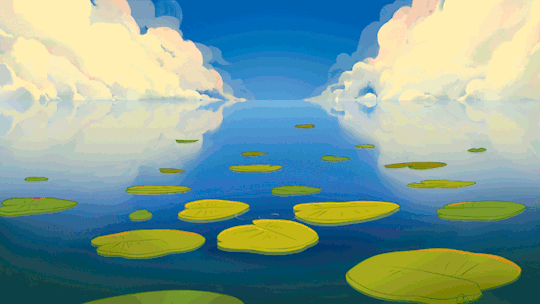


Finished commission and some WiP
If you want you can follow me on twitter
2K notes
·
View notes
Text

making dracula memes im particularly proud of this one
#dracula#dracula daily#re: dracula#lucy westenra#mina murray#mina harker#count dracula#renfield#john seward#bram stoker#whitby#dracula memes
188 notes
·
View notes
Text
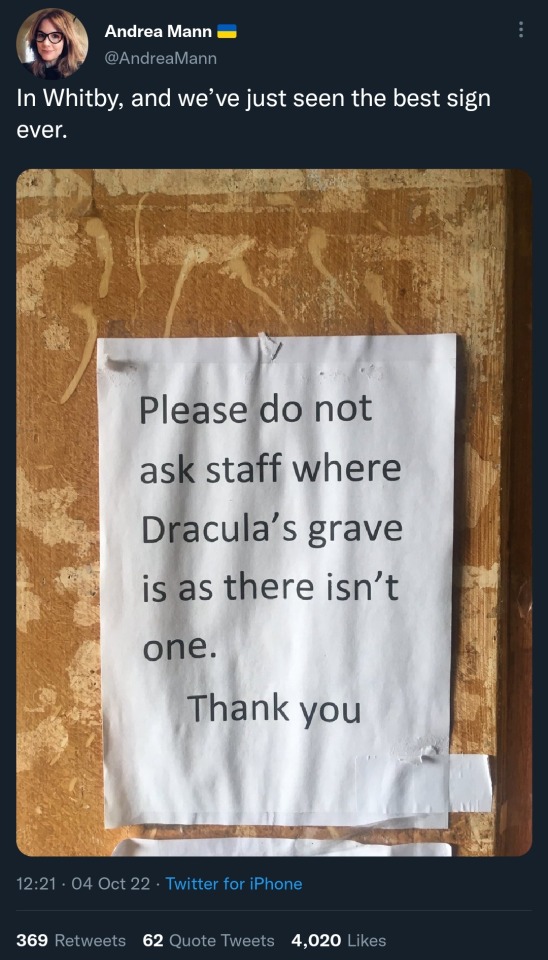
sounds like what someone would say if they knew where dracula's grave was🤔
1K notes
·
View notes
Text

Whitby Goth Weekend October 2023
Photography by Nicky Robley
#abzjharding#abz-j-harding#artist#artists#photography#goth#Whitby#whitby goth weekend#crows#corvids#ravens#rooks#costume#artists on tumblr#gothic#horror
316 notes
·
View notes
Text
Okay, Mina’s entry for today is VERY ironic. Remember that post that went around from that person from Whitby complaining about all the Dracula-based ghost tours and shit in Whitby? And now here in the novel itself we’ve got a Whitby native complaining about the SAME DAMN THING, only before Dracula was published! “We get all these day-trippers who want the Genuine Whitby Experience, and people just keep telling them all this shit about ghosts!”
(PS, I looked up Whitby, and it really does look as gorgeous as described:
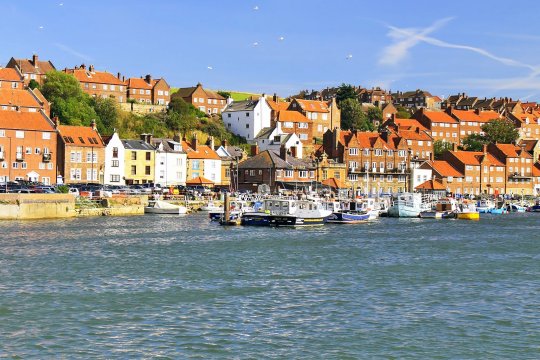
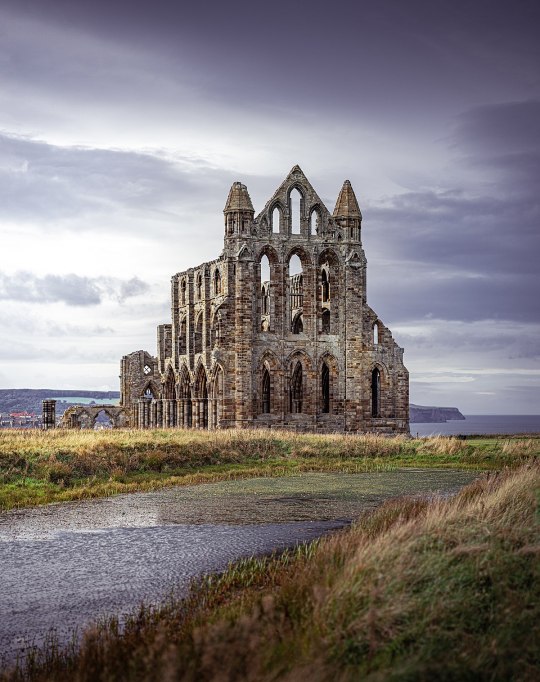
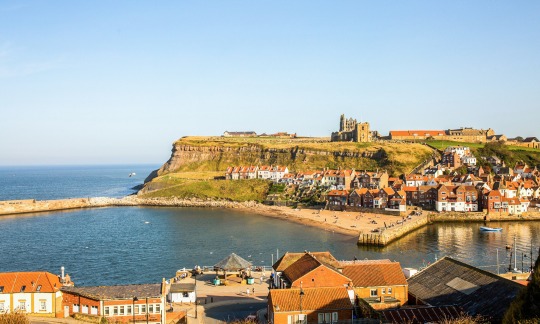
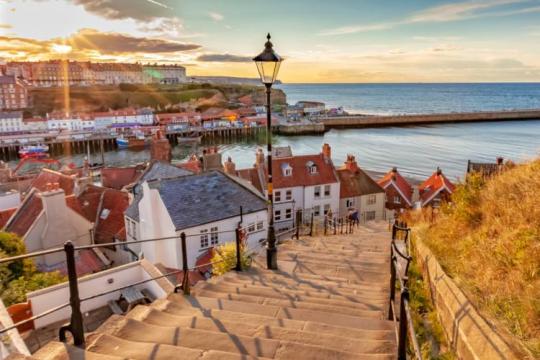
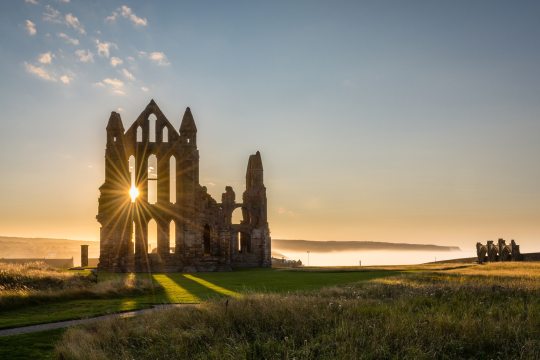
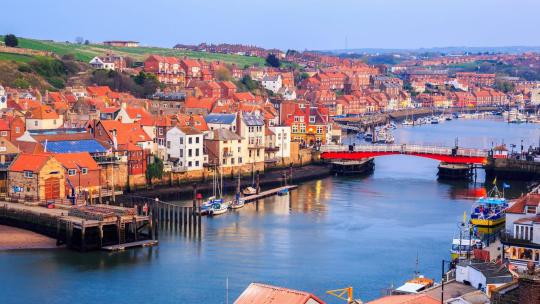
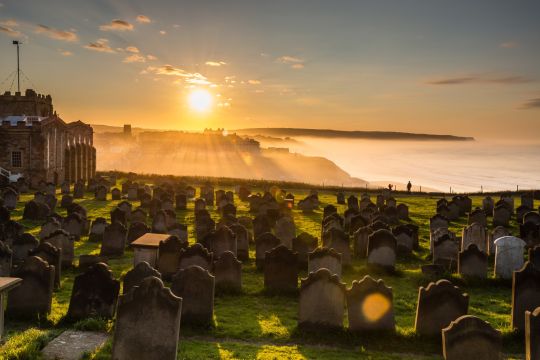
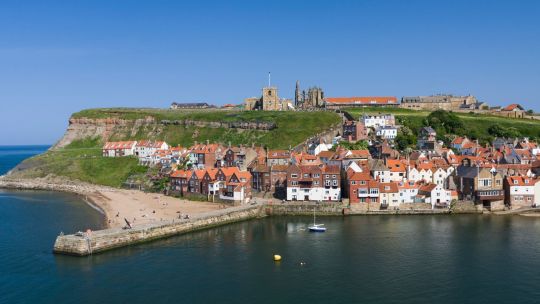
2K notes
·
View notes
Text
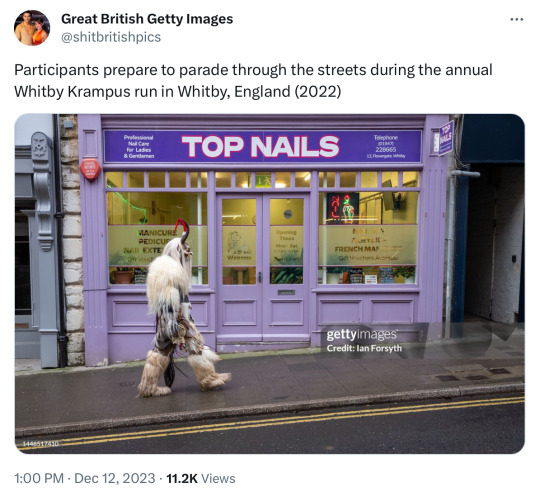
73 notes
·
View notes
Text
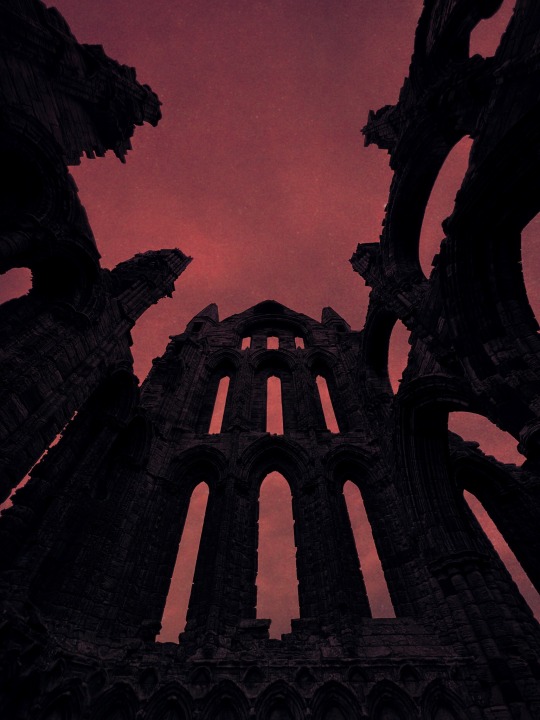
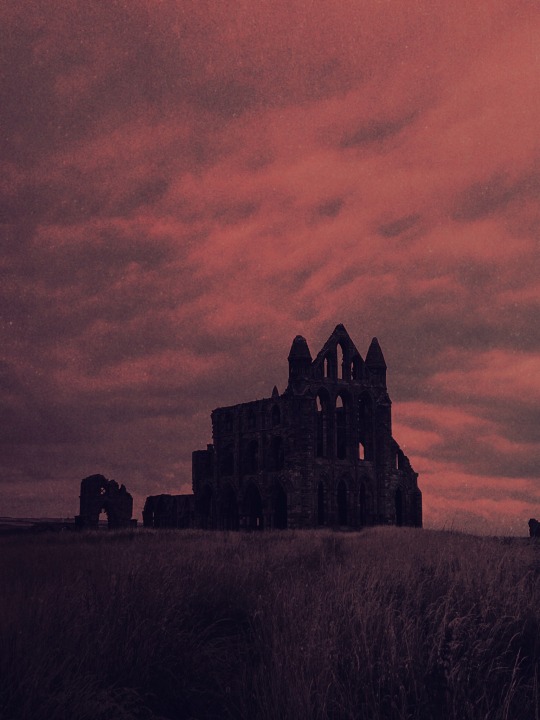
© Nona Limmen {Website / Instagram}
1K notes
·
View notes